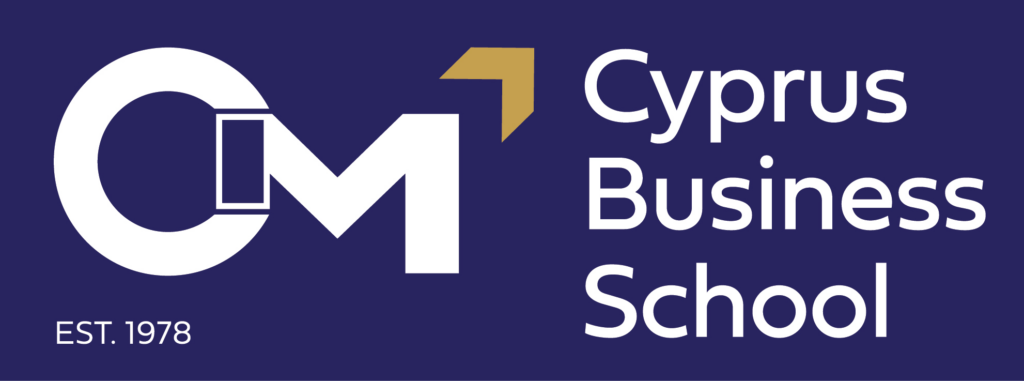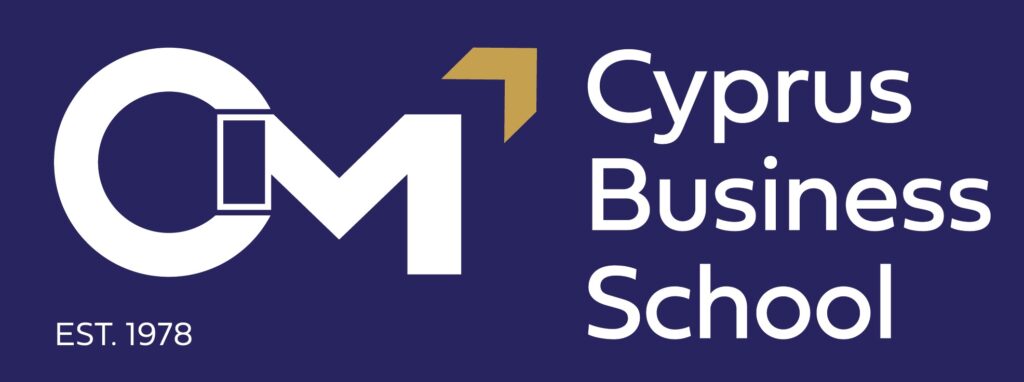by Yotam Werzansky-Orland
Cyprus’ IP BOX scheme is designed to attract high-tech companies and start ups to establish a presence in Cyprus, strengthen their research and technological development and manage their commercial activities from the Mediterranean island. However, it seems that one important Intellectual Property right is not explicitly addressed in the scheme, and thus the scheme cannot maximize the benefits inherent in it (both of the state and of the rights holders).
On the Scheme in General
The IP BOX scheme is a special tax regime created in order to stimulate technological research and development in Cyprus, as well as to attract foreign technology companies, through the taxation of revenues arising from royalties, licensing transactions, the sale and transfer of intangible assets (also called Intellectual Property in legal parlance). The same taxation is particularly low compared to the taxation of income arising from other commercial transactions.
As an example, 80% of the profits gained from the commercialization of IPRs is subtracted. Therefore, the remaining income (from such transactions) to be considered for tax calculation is only 20%. Considering the fact that Cyprus’ corporation tax rate is only 12.5% of all profits (one of the lowest in the European Union), the effective tax rate on IPRs transactions amounts to approximately 2.5%.
What is Intellectual Property?
The term Intellectual Property refers to several rights, all based in legislation. Generally speaking, each law protects a different right or interest.
Copyrights are intended to protect various man-made creative works, such as works of art, photographic works, literary works and more; Patents are designed to protect technological inventions that are new, useful, can be used industrially, and contain inventive advances; Trademarks are intended to protect the reputation of a particular brand and to prevent other traders from using the mark or a mark similar to it in a misleading manner. Thus, the trademark not only protects the interest of the brand owner but also the interest of the consumer who wants to know that when he sees a product marked with the trademark, the origin of the product is with the brand owner; A “Design” protects the aesthetic appearance of a product, which results from its characteristics, and in particular from its shape, outline, colors, texture and/or materials of the product itself or of the decoration it bears; Trade secrets protect any type of business information, which is not in the public domain and which cannot be legally disclosed easily by others, the confidentiality of which gives its owner a business advantage over its competitors, and whose owner takes reasonable measures to maintain its confidentiality.
One could approach the subject by visualizing an “IP Tree”, which has several branches; each bears a different kind of fruit. Some of these fruits are artistic in essence (copyright) whereas others are industrial (patents, designs, trademarks).
The Design Market
One of the most important competitive considerations in today’s market is product design. Therefore, it is crucial for designers and developing businesses to make sure that their product design is effectively protected.
The famous product designer Raymond Loewy once said that “Between two products equal in price, function and quality, the better looking will outsell the other.”[1] This is not an assumption but rather a hard fact. Design has great power over consumers’ will to purchase a certain product. The design of a certain product has influenced consumer decision making at the time of purchase.[2] Studies show that aesthetic, useful, and symbolic product designs favourably influence consumers’ will to purchase. The attractive design seemed to be a better indicator of customer purchase intent.[3]
The European Patent Office (EPO) and the European Intellectual Property Office (EUIPO) has conducted research and published reports on the economic performance of IPRs. According their 2019 report, it was revealed that design-intensive companies earned €2.4 billion.[4] In their 2021 report, it was reported that enterprises which owned design rights had 32% higher revenue, in comparison to enterprises which did not.[5]
As mentioned above, the legal protection that is provided to businesses by IPRs serves as an incentive for innovation. In this manner, enterprises are able to exclude rivals through the application of design rights and as a result, have a competitive edge over opportunities provided in the marketplaces they compete in. Moreover, an aesthetic design may positively impact competitive edge, imitation resistance, and profitability.[6] Considering these factors, such firms could benefit from increasing their revenues from commercializing the designs. A study that was made in Denmark in 2011 found that businesses that didn’t invest in industrial design, those that did have seen a 250% increase in gross revenue between 2003 and 2007.[7]
Ignoring the Design Right
Now, one would think considering the profitability of well managed designs, the design right would be an integral part of the IP Box scheme, however surprisingly, this is not the case. Section 9(1)(k) of Cyprus’ Income Tax Law states that the only qualified IPRs for the benefits of the scheme are patents, computer software, utility models and other IP which are non-obvious, useful and novel. It specifically excludes brand and business names, trademarks and other IPRs. We can easily see that the design right is completely absent from the scheme.
There is no doubt that the inclusion of the design right in the IP Box scheme could attract international Design houses and fashion designers such as Gucci, Armani, Louis Vuitton and others, to establish commercial presence in Cyprus in order to enjoy its benefits and to manufacture, license or sell their designs in or from Cyprus. Moreover, such a move can help to include a Cypriot workforce within those companies, add to the state coffers additional revenues from other IPRs and put Cyprus on the global design map.
[1] Mallick, R., Maierski, E. (2021). The economic value of designs. World Trademark Review Yearbook: A global guide for practitioners 2021/2022 – World Trademark Review. Retrieved August 31, 2022, from https://www.worldtrademarkreview.com/global-guide/the-wtr-yearbook/2021/article/the-economic-value-of-designs; Wall, J. (2019, May 28). Meet the product designer who made mid-century America look clean and stylish. Smithsonian Magazine. Retrieved August 31, 2022, from https://www.smithsonianmag.com/innovation/meet-product-designer-who-made-mid-century-america-look-clean-and-stylish-180972270/.
[2] Irani, R., Frankel, L. (2020). The Role of Design in Consumer Behaviour: How Design Can Influence Consumer Decision Making at a Point of Purchase. In: Di Bucchianico, G. et al. (2020). Advances in Industrial Design. Springer (pp. 316-322).
[3] Gul Gilal, N., Zhang, J., Gul Gilal, F. (2018). Linking Product Design to Consumer Behavior: The Moderating Role of Consumption Experience. Psychology Research and Behaviour Management 2018:11 (pp. 169–185).
[4] EPO, EUIPO. IPR-intensive industries and economic performance in the European Union. September 2019.
[5] EPO, EUIPO. Intellectual property rights and firm performance in the European Union. February 2021.
[6] Candi, M., Saemundsson, R. (2011). “Exploring the relationship between aesthetic design as an element of new service development and performance”, Journal of Product Innovation Management 28(4), (pp. 536-557).
[7] Whicher, A., Cawood, G. (2011). Evaluating Design: Understanding the Return on Investment, The Design Management Institute (pp. 44-52).




